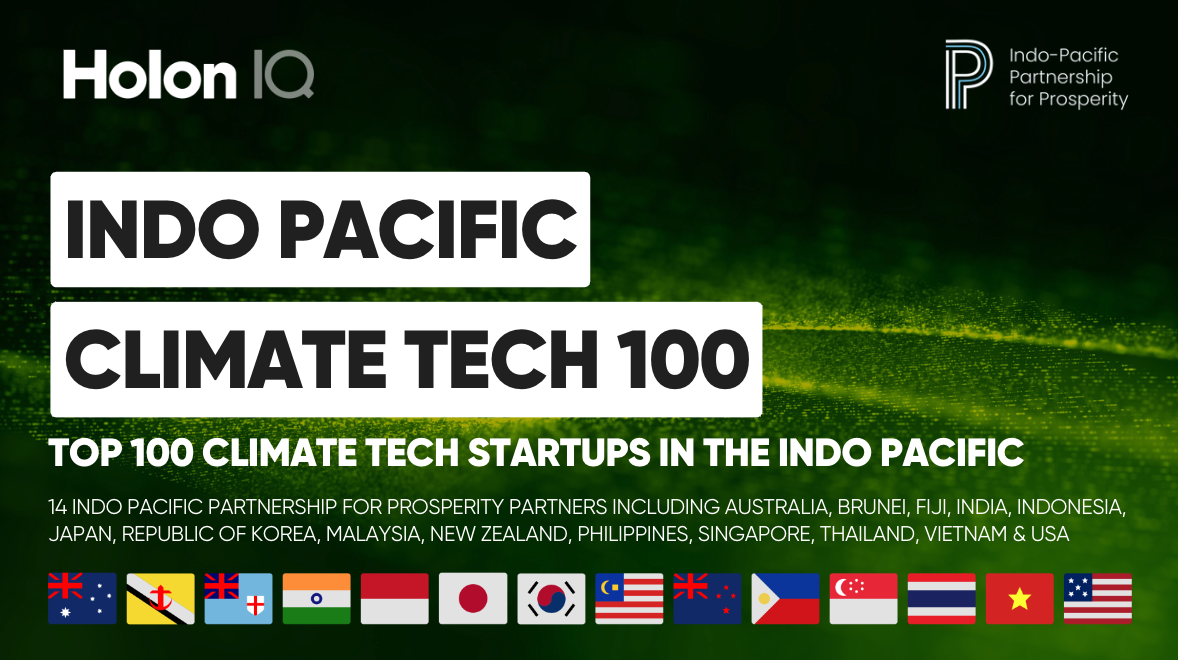With peak interest rates seemingly at our doorstep, the next pressing question on our minds will revolve around which major central banks will be the first to cut rates. We're not betting on major central banks cutting rates anytime soon.
HolonIQ's Q4 2023 Global Economic Outlook outlines our latest expectations for the global economy and more specifically the G20, for our customers at the world's largest and leading governments, institutions, firms and investors. This month we reflect on how nine months of data for 2023 are shaping short-term expectations, and look over the horizon at the mega trends shaping the bookends of our long term outlook. Request a Demo for more information on how HolonIQ can help power decisions that matter at your organization.

Higher for longer is the resounding message from Central banks. Australia, Russia and Turkey appear to be the remaining hawks this year.
With peak interest rates seemingly at our doorstep, the next pressing question on our minds will revolve around which major central banks will be the first to cut rates. We're not betting on central banks cutting rates anytime soon, thanks to persistent inflation uncertainties. The market consensus seems to agree, with markets bracing for a prolonged period of "higher for longer" interest rates, just as the major central banks have been hinting. Among the Western and European advanced economies, the earliest rate cuts could come from the Federal Reserve, but most cuts are more likely to happen in the latter half of the year. However, weaker-than-expected growth in the first quarter of 2024 or a recession in the U.S. could expedite rate cuts to early 2024. Looking at current signaling from policymakers, Brazil has already kick-started its rate-cutting spree, with more reductions expected this year, while Mexico may soon follow suit. China is also expected to reduce rates to stimulate consumer spending and support growth. Emerging markets like Indonesia, benefiting from cooling inflation, are poised to follow similar paths. Among advanced economies, the Bank of England appears to be the clearest in asserting the end of rate hikes. While the Federal Reserve and the European Central Bank maintain a hawkish stance, further rate hikes this year appear unlikely. Conversely, Australia, Russia, and Turkey remain on the hawkish side, with further tightening likely.










.png)






